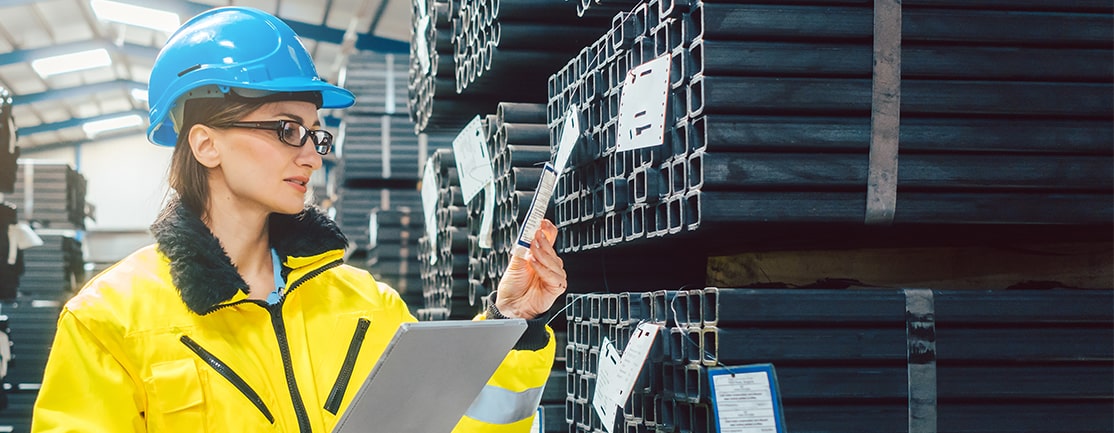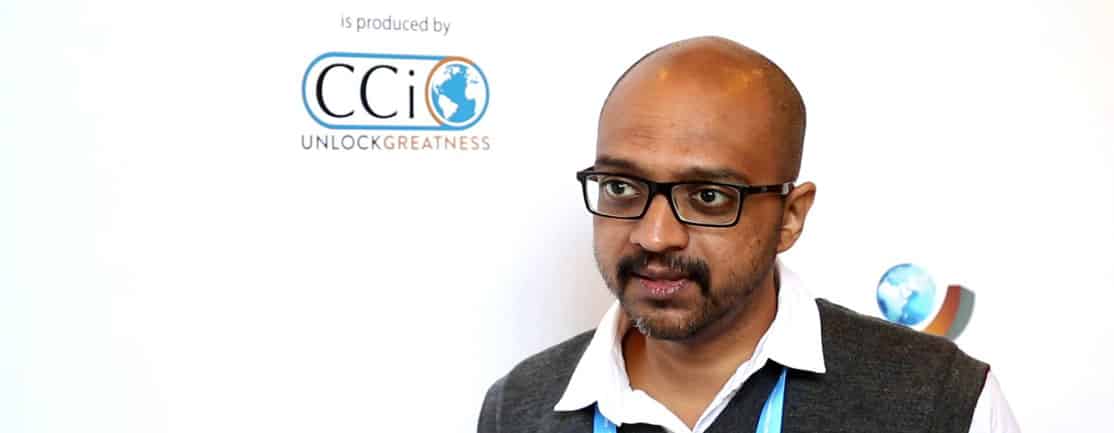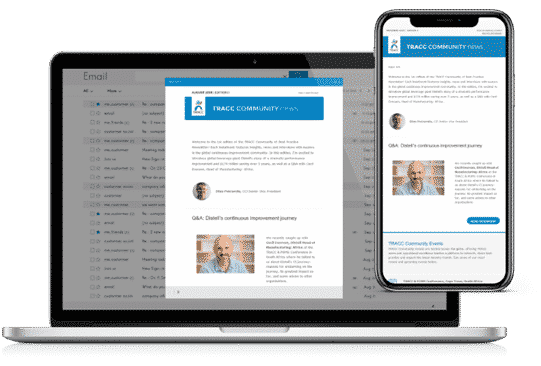
单一供应来源的消亡
毫无疑问,COVID-19对全球的生活和经济造成了毁灭性的影响。 虽然我们之前曾面临过特大灾难——2011年的福岛地震和随后的海啸;再往前看,1918年的西班牙流感——但这些黑天鹅事件都没有像COVID-19那样破坏全球供应链。
多年来,在商业中越来越普遍的一个备受争议的做法是“单一供应来源”的概念,在我看来,这个概念被错误地视为精益的核心组成部分。 精益坚定地把首要重点放在客户身上,投资于人,并建立在价值链中不同组织的整合基础上,以确保最终产品和服务的卓越性和快速响应能力。 另外,对浪费的高度关注使得这项工作以最低的成本完成。
虽然这显然导致许多组织标准化单一供应来源,但这种做法似乎是低成本关注的一个不幸的副产品,而牺牲了对风险的理解。由于丰田生产系统(TPS),丰田最常被称为“精益建筑师”,他们通过挑战和帮助他们改进来拥抱他们的扩展合作伙伴和供应商网络(Jeffrey Liker的丰田之路原则11)。但这个原则是关于合作,而不是排他性。
首先,本文的定义是:
- 单一供应来源是有意识地决定只从一个供应商来源的结果,尽管多个供应商是或可能是可用的
- 唯一的供应来源是供应商提供独特的产品或服务。没有其他企业可以提供这种产品或服务。如果是这样的话,选择就不是选择,但这无疑会增加风险
这既是上游价值链与供应商的整合,也是追求低成本的永无止境的动力,这意味着许多组织已经将单一采购作为解决方案。 单一采购的优点是:
- 在合格供应商方面的工作较少。
- 它更容易与单一供应商合作,在下一个设计或改进机会。
- 能够利用较低的成本与更高的数量。
- 价值链上下透明。
但这应受到重大风险的打击:
- 灾难性事件可能会影响供应商。
- 其他供应商可能会失去供应的兴趣,甚至失去作为后备的兴趣。
- 当整个市场供应紧张时,买方可能在从替代供应商采购方面处于不利地位。
正是这一风险组成部分现在正与COVID-19大流行病一起突出。 由于关于这些罕见特大灾害的历史数据有限或根本不存在,使用传统模型很难量化这些灾害的风险。 因此,许多公司没有做好充分的准备。 当他们罢工时,这会造成灾难性的后果。这篇博客文章 阅读更多关于组织如何在危机时期识别、预防和减轻风险的见解。
各组织正在匆忙重新评估其对综合供应链连续性计划的需求。 单一供应商采购只是一个应该考虑的组成部分,需要回答的问题是:.
- 哪些供应链风险必须管理?
- 多少风险是可以接受的?
- 谁负责这些供应链风险管理活动?
冠状病毒正在证明我们需要更有弹性的供应链在HBR的文章中,提出了一种管理采购风险的实用方法。见下表:
| Use revenue impact and risk of supply disruption to prioritize supply chain resiliency measures. | ||||
| HIGH REVENUE IMPACT if supplier or part(s) is lost |
|
|
||
| LOW REVENUE IMPACT if supplier or part(s) is lost |
|
|
||
| Two or more sources are qualified. | Two or more sources are qualified, but all business is routed to one supplier. | Alternate source is available but needs to be qualified before using. | No alternate source is available or possible. | |
| LOW RISK OF SUPPLY DISRUPTION | HIGH RISK OF SUPPLY DISRUPTION | |||
| Source: Resilinc | © HBR.org | |||
这篇文章还建议,“在最低限度的情况下,公司应投资于24×7对其全球供应商的监测.在2020年1月的头几个星期,绘制供应链地图的公司已经知道哪些零件和原材料来自武汉和湖北地区,因此可以绕过疯狂的信息搜索,并快速跟踪他们的答复。”
言下之意,仅有武汉单一供应来源的企业必须重新配置供应链,而有多个来源的企业更有条件作出替代安排。回到丰田,他们的核心政策之一是从多个地理位置获取任何关键部分;请阅读JeffreyLiker的这篇文章以获得进一步的见解。 博客帖子
那么,单一来源策略是死了吗? 是的。 COVID-19表明,风险大于回报,特别是在供应商的地理位置方面。 确保每个战略上重要的供应至少有两个,并且它们在地理上是分开的。


